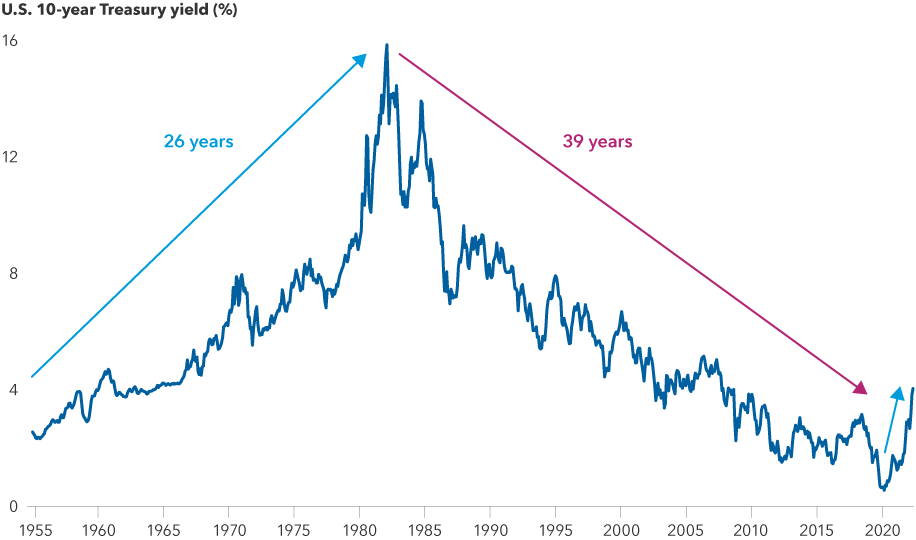We have been here before.
The failure of Silicon Valley Bank on March 10 reminds me of what I experienced firsthand as a bank analyst during the global financial crisis in 2007 and 2008.
As a professional investor for 30 years, I rely on my own experiences to help guide my investment approach. When I was a bank analyst then, I captured the 10 lessons below to serve as a guide for myself and colleagues to help get us to the other side of the valley.
Every crisis is different, but they often have things in common. Today’s turmoil shares some striking similarities, though, in my view, this current episode is much smaller in scale and far less damaging.
Last summer, with rates rising, inflation high and the prospect of recession looming, I unearthed these lessons from 15 years ago and shared them again. And when Silicon Valley Bank failed a few weeks ago, I circulated them once more to offer perspective and help colleagues manage the uncertainty. Here are those lessons, which I believe bear repeating.



